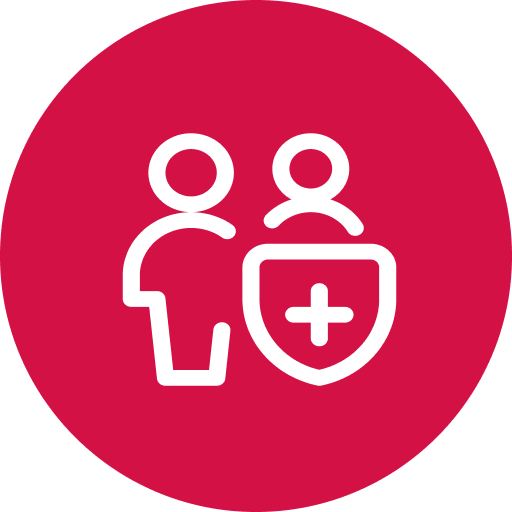AIA Vitality's proven approach guides you on a personal pathway to a healthier, longer, better life. Helping you to know your health, learn how to improve your health and enjoy rewards along the way.
Our top reads for you
2
Two men, both smiling, are holding water bottles
2
Two men, both smiling, are holding water bottles
Your recommended reads for a healthy body
Find your further when it comes to exercise and fitness.
Your recommended reads for a healthy mind
Tools and information to help you cultivate a healthy frame of mind.
Your recommended reads for a healthy life
Care for your body with food that makes you feel good.
Your recommended reads for healthy finances
Tools and support for your future, because a good tomorrow starts today.
Your recommended reads for AIA Insights
An in depth view of health and wellbeing in our world today


